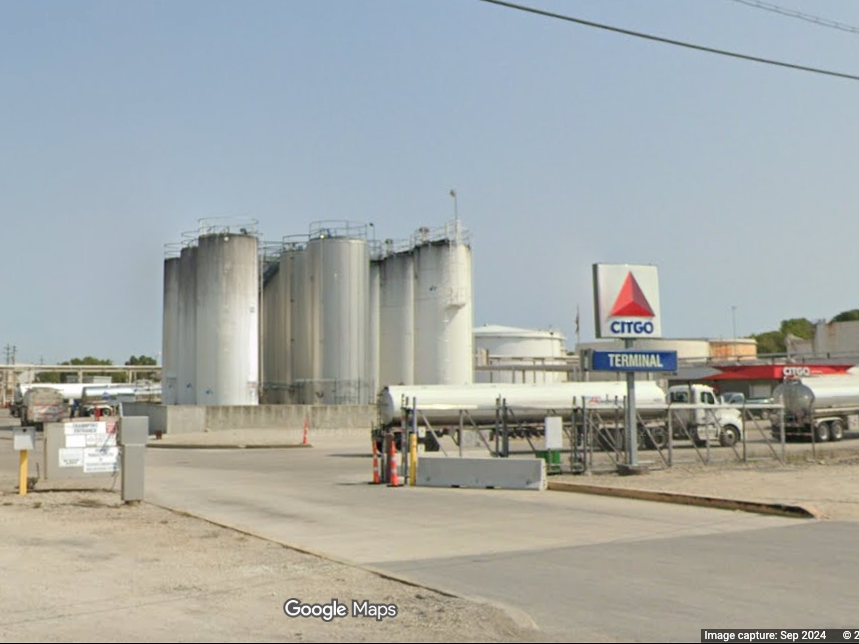Copyright medicaldialogues

Chemists from the University of Warwick and Monash University have discovered a potent new antibiotic that targets drug-resistant bacteria, including Methicillin-resistant Staphylococcus aureus (MRSA) and Vancomycin-resistant Enterococcus (VRE). Published recently in the Journal of the American Chemical Society, this compound, called pre-methylenomycin C lactone, was found "hiding in plain sight" as an intermediate during the natural biosynthesis of the older antibiotic methylenomycin A. Antimicrobial resistance (AMR) poses a critical global health threat, with millions of deaths annually due to antibiotic-resistant infections. However, the development of new antibiotics has slowed, partly because discovery is challenging and financially unrewarding. This team’s breakthrough offers renewed hope by identifying a previously overlooked chemical intermediate with extraordinary antibacterial activity—over 100 times more potent against Gram-positive bacteria than methylenomycin A. The researchers deleted biosynthetic genes in Streptomyces coelicolor, a well-studied soil bacterium known for producing methylenomycin A, to isolate and characterize two new intermediate compounds. These intermediates were then tested for antimicrobial activity against various drug-resistant pathogens, including the bacteria responsible for MRSA and VRE. The compound's potency and resistance profile were examined through laboratory assays, particularly assessing the likelihood of resistance development. Pre-methylenomycin C lactone demonstrated exceptional efficacy, showing a 100-fold increase in activity against Gram-positive bacteria compared to methylenomycin A. Notably, no resistance emerged in Enterococcus faecium after prolonged exposure, a significant advantage over current last-resort antibiotics like vancomycin. The researchers speculate that S. coelicolor originally evolved to produce the more potent pre-methylenomycin C lactone but shifted toward producing the weaker methylenomycin A over time. The team also developed a scalable synthetic route to produce pre-methylenomycin C lactone and analogues for further study. Lead researcher Professor Greg Challis noted this discovery signals a new approach to antibiotic development—exploring biosynthetic intermediates to find powerful, resistance-resilient drugs. This breakthrough could help save millions of lives worldwide threatened by antimicrobial resistance. REFERENCE: Christophe Corre, Gideon A. Idowu, Lijiang Song, Melanie E. Whitehead, Lona M. Alkhalaf, Gregory L. Challis. Discovery of Late Intermediates in Methylenomycin Biosynthesis Active against Drug-Resistant Gram-Positive Bacterial Pathogens. Journal of the American Chemical Society, 2025; DOI: 10.1021/jacs.5c12501



